Chrome 59 removed support for https://user:password@example.com URLs.
I have a C# selenium test that needs to work with Chrome Version 60 on Windows in 'headless' mode
ChromeOptions options = new ChromeOptions();
options.AddArgument("headless");
driver = new ChromeDriver(chrome, options);
Here is the SAML authentication required dialog I am trying to handle on Windows:

Based on the answer given here: How to handle authentication popup with Selenium WebDriver using Java) I can see several workarounds for handling this in FireFox, but nothing for Chrome 60 in headless mode.
I've tried the following code to visiting a URL with credentials before visiting the URL under test (without credentials) however it appears there is a bug with Chrome 60.
goTo("http://user:password@localhost"); // Caches auth, but page itself is blocked
goTo("http://localhost"); // Uses cached auth, page renders fine
// Continue test as normal
I can see the following code in Firefox handles the authentication and the dialog never pops up:
FirefoxProfile profile = new FirefoxProfile();
profile.SetPreference("network.automatic-ntlm-auth.trusted-uris", "https://saml.domain.com");
profile.EnableNativeEvents = false;`
I've tried the second approach (using AutoIt) and that works on Chrome 60 but does NOT work on Chrome 60 in Headless mode.
//Use AutoIt to wait 4 seconds for the authentication required dialog to appear
au3.Sleep(4000);
//Use AutoIT to send in the credentials from app.config that are encrypted
au3.Send(USERNAME + "{TAB}" + PASSWORD + "{ENTER}");
//Refresh the page
driver.Navigate().Refresh();
I am hoping there is a better solution now in 2017 and that there is an approach that will work with Chrome 60 in headless mode, any pointers?
Just to be clear: Trying to use embedded credentials will NOT work using chrome v59+ because sub-resource requests will be blocked.